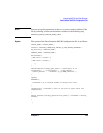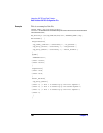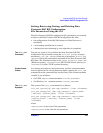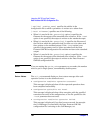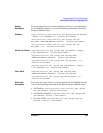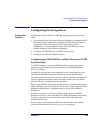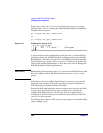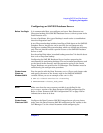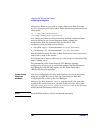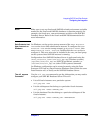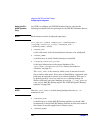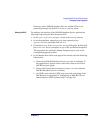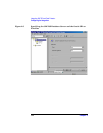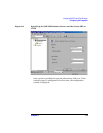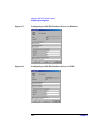
Integrating SAP R/3 and Data Protector
Configuring the Integration
Chapter 2 167
Configuring an SAP R/3 Database Server
Before You Begin It is recommended that you configure and run a Data Protector test
filesystem backup of the SAP R/3 Database Server (a client system in the
Data Protector cell).
In case of problems, this type of backup is much easier to troubleshoot
than the integration itself.
A test filesystem backup includes installing a Disk Agent on the SAP R/3
Database Server. Any device can be used for the test purposes only.
Configure a standard filesystem backup, which can include one directory
only. The test should include a partial restore to the SAP R/3 Database
Server as well.
See the online Help index “standard backup procedure” for details about
how to do a filesystem backup.
Configuring the SAP R/3 Database Server involves preparing the
environment for performing backups. The environment parameters such
as the Oracle home directory and the connection string to the Oracle
Target Database are saved on the Cell Manager. The database must be
online during the configuration procedure.
Cluster-Aware
Clients on
Windows/UNIX
You also need to edit the Data Protector omnirc file on each cluster node
and specify the name of the cluster node in the SAPLOCALHOST
variable. Below you see an example of the omnirc file:
# SAP R/3 related entries for clustering
# SAPLOCALHOST=<cluster_node_name>
NOTE Make sure that the SAPLOCALHOST variable is not defined in the
Environment section of the Data Protector SAP R/3 configuration file.
Refer to “Data Protector SAP R/3 Configuration File” on page 158 for
information on how to do that.
Cluster-Aware
Clients on UNIX
Configure the Data Protector SAP R/3 integration on only one cluster
node, since the Data Protector SAP R/3 configuration file resides on the
Cell Manager. Use the virtual hostname when configuring the



